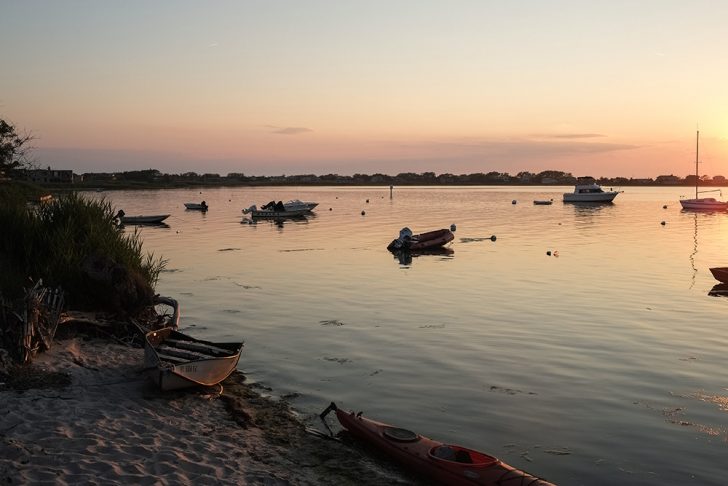Did you know that one person can be both “angler” and “navigator” and have two almost entirely different comfort zones? Comfort zone, in this case, is that area around us where we feel comfortable and extends to the point where a person experiences being encroached upon or violated.
The angler’s comfort zone involves a combination of safety, tranquility, or a sense of being “away from it all,” as well as the desire to pursue undisturbed fish. Typically most anglers enjoy a circular-shaped comfort zone with a radius of about 300 to 500 feet. If another angler or a navigator encroaches in that area, that angler feels violated, robbed even.
Don’t we all feel like this? No matter how we choose to get to the water, whether we’re bank fishing, wading, kayaking, or getting there with a boat of any size, shape, or speed, we all desire to experience pursuing undisturbed fish, peacefully, with the hope that we’ll catch the day’s target species.
That same person’s navigator comfort zone is shaped differently but is about the same distance depending on the speed of travel. The navigator’s comfort zone is constructed from a subset of the angler’s comfort zone, and it may include how fast to get there, how far, and the most direct route to the destination. Also, factors like comfort while riding in surface chop or rough conditions, fuel consumption, and safety come into play.
The funny thing here is that all anglers become navigators with different types of comfort zones when the paddle or key is touched. The same angler or person can
Once we each as anglers recognize the two different shapes and sizes of the comfort zones, we can then begin to adjust how we navigate to avoid encroaching into the comfort zone of other angler/navigators. If the navigator can overcome the aversion to turning by momentarily slowing down to swing wide of an angler’s comfort zone when possible, or choose routes that avoid angler’s comfort zones entirely, it results in a much greater on-the-water experience since he too will also be the angler once he reaches the next fishing location.
The point of all this is realizing that each of us changes our own comfort zones as we change from angler to navigator throughout the day. We’re the same person with two different comfort zones according to what we’re doing at the time, either being an angler or navigating.
Tobin created TroutSupport.com. Understand your water.
